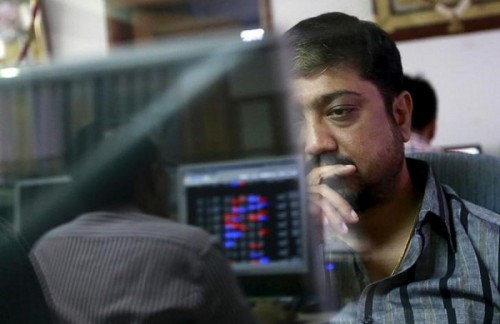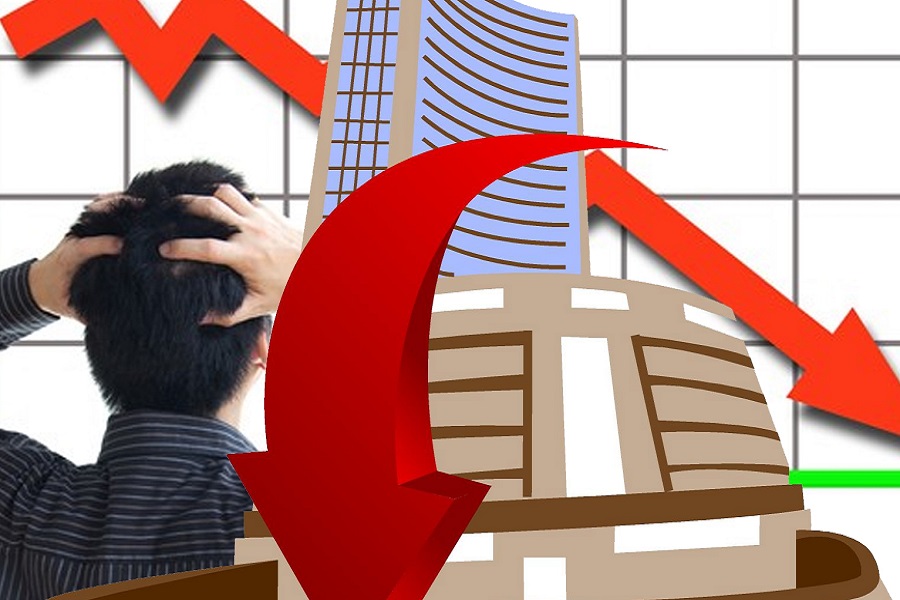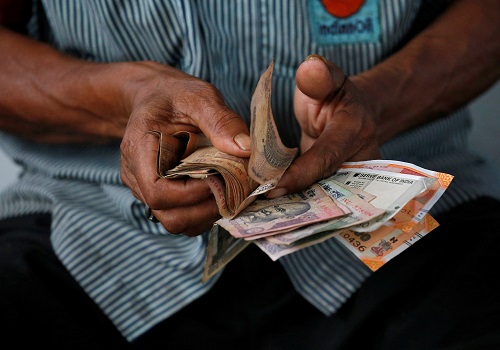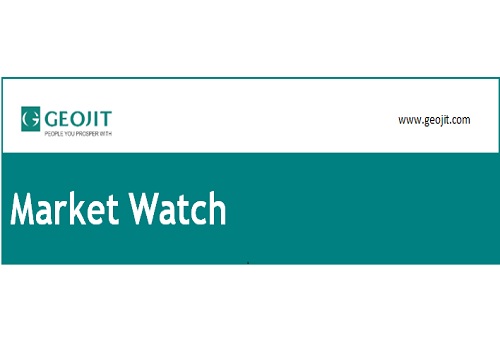Markets likely to see gap-down opening amid weak GDP data

Indian markets managed to finish a volatile session in green on Monday ahead of India's official GDP data for the December quarter, though focus remained on the Russia-Ukraine crisis. Today, markets are likely to make gap-down opening after a holiday previous day on account of Mahashivratri festival, following global peers as the sentiment is being seen worsening with no resolutions in sight for the Russia-Ukraine war and soaring oil prices. Investors will be eyeing the manufacturing PMI data to be out later in the day. Traders will be concerned amid weak macro-economic data. India’s economic growth slowed to 5.4 per cent in the third quarter of 2021-22. Goods and Services Tax (GST) collections for February declined to Rs 1.33 lakh crore, down 5.6 percent from the first month of 2022. Also, the Centre's fiscal deficit rose to 58.9 percent of the FY22 target in April 2021-January 2022. Investments in the Indian capital market through Participatory notes (P-notes) dropped to Rs 87,989 crore at the end of January and experts believe that foreign investors will continue with their negative stance amid the Ukraine crisis. Some cautiousness may come as India Ratings said the ongoing geopolitical risks arising from the Russia-Ukraine war would push India's import bills higher for items such as mineral oils and gas, gems and jewellery, edible oils and fertilisers. As a result, merchandise imports may cross $600 billion in FY22, up from $492.9 billion in the first 10 months. However, some respite may come later in the day as RBI data showed that aggregate sales of 1,701 listed manufacturing companies recorded a growth of 27.3 per cent in the third quarter of 2021-22 on an annual basis, aided by high sales growth in petroleum, non-ferrous metals, iron and steel, chemicals and textiles industries. Meanwhile, the commerce ministry’s arm DGTR has recommended imposition of anti-dumping duty on imports of melamine, a compound used in laminates, from the European Union, Japan, Qatar and the United Arab Emirates, to protect the domestic industry from cheap inbound shipments. Aviation industry stocks will be in focus as Jet fuel prices were increased by 3.3 per cent to all-time high levels across the country, in step with international oil prices surging to over seven-year-high. There will be some reaction in power industry stocks as India’s power consumption growth remained subdued at 2.2 per cent year-on-year in February to 105.54 billion units (BU), showing the impact of local restrictions imposed by the states due to the third wave of COVID-19. Auto shares are likely to be in focus reacting to their monthly sales numbers.
The US markets ended lower on Tuesday dragged by financial stocks for a second straight day, as the Russia-Ukraine crisis deepened. Asian markets are trading mostly in red on Wednesday following sell-off on Wall Street overnight.
Back home, Indian equity benchmarks ended a volatile session near intraday high on Monday, extending gains to a second straight day, despite weakness across most other Asian markets as investors remained cautious on news flow on the Russia-Ukraine conflict. Traders also awaited official data on India's GDP for the October-December period due later in the day. Markets made a gap-down start, as traders got anxious with domestic traders' body -- the Confederation of All India Traders (CAIT) said the conflict between Russia and Ukraine is expected to hit badly the Indian economy and the trade to a significant extent. Traders also remain concerned with a private report stating that foreign direct investment (FDI) equity inflows into India in the third quarter of FY22 shrank almost 44% to $12 billion from $21.46 billion in the year-ago period. Besides, continuing the selling streak for the fifth consecutive month, foreign portfolio investors (FPIs) pulled out as much as Rs 35,506 crore out of the Indian markets in February. However, key gauges reversed early losses to trade in green in afternoon deals, taking support from former vice-chairman of NITI Aayog Arvind Panagariya’s statement that India is poised to grow at 7-8% over the next decade and be the third largest economy by 2030 on the back of four big reforms by the government. Some optimism also came as Finance Minister Nirmala Sitharaman stating that India is at a stage where growth and the focus on development have got to be strengthened from every side and intellectual property rights (IPRs) have an important role in it. Sitharaman mentioned that 28,000 patents were granted last year as opposed to 4,000 in 2013-2014 and the last year also witnessed registration of 2.5 lakh trademarks and over 16,000 copyrights, which will have a very strong ripple effect on the economy. Traders also found some solace with India Ratings and Research (Ind-Ra) in its latest report stated that after years of enduring challenges, the non-banking finance companies (NBFCs) are finally set to witness a normalisation in FY23. The NBFCs will start FY23 with sufficient capital buffers, stable margins and sizable on-balance sheet provisioning, while adequate system liquidity would aid funding. Finally, the BSE Sensex surged 388.76 points or 0.70% to 56,247.28 and the CNX Nifty was up by 135.50 points or 0.81% to 16,793.90.
Above views are of the author and not of the website kindly read disclaimer




.jpg)















